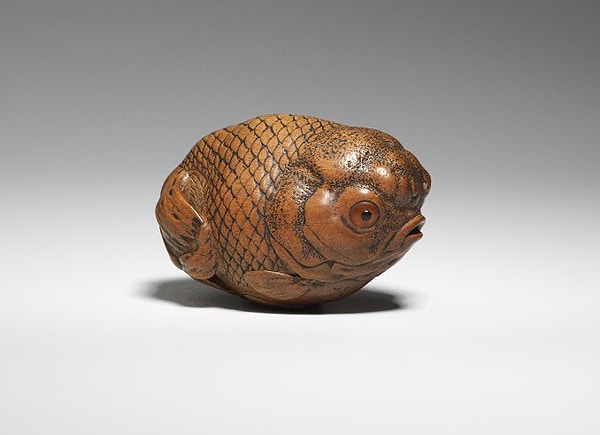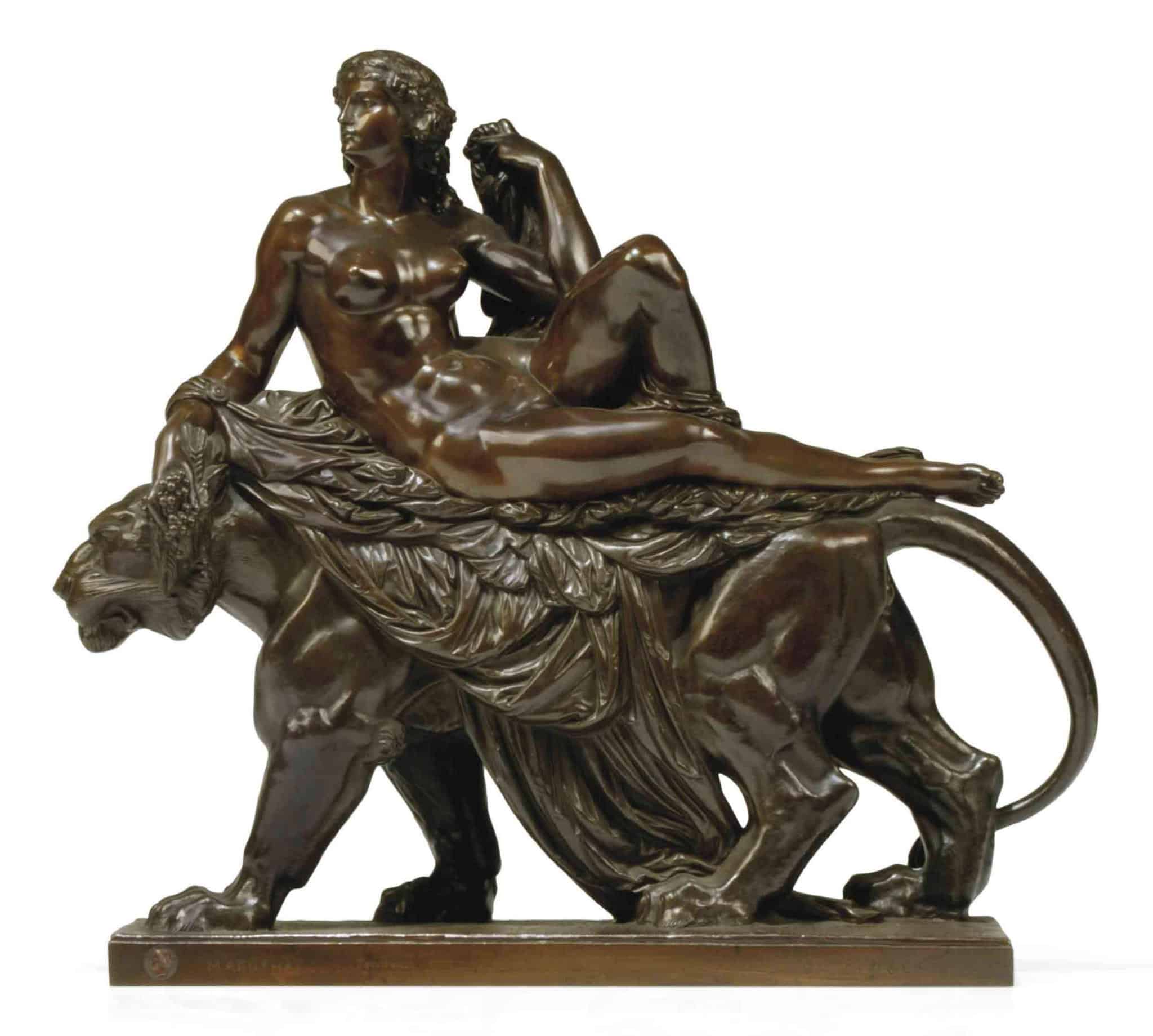
Collecting Asian antiques
Collecting asian antiques
The past is preserved in those artifacts that remain. No matter how you developed an interest in Asian antiques, your collection, no matter the size, is a portal to the days long gone. The quality of the work, the materials used, and the images incorporated speak volumes about the past and tell stories that would have otherwise been lost. Chinese and Japanese antiques are known for their elegance and breathtaking attention to detail, making these objects the perpetual focus of many collectors worldwide.
Chinese antiques
Treasures from China are often handmade and thus incredibly unique. The materials used often include minerals and gemstones—jade, chalcedony, amethyst, and nephrite to name a few—as well as wood, glass and metal. For example, the Chinese have finely carved these stones for centuries and continue to do so. Though present carvings are created with the aid of technology, the prizes of the past carry with them the love and determination of the artist.
Jade vases and snuff bottles were always carved from a single stone, which could lead to years passing before completion. Imagine how challenging it must have been to hollow out the stone through the small openings. Another awesome addition to Chinese jade vases is the chains connecting the lids. From the same stone that made the vase, the artist created stone chain links. Looking at these vases, it is hard to believe that they were not carved separately.
Snuff bottles and pendants are highly valued in the market due to intended purpose and size. When collecting these pieces, the choices of materials is vast: glass, porcelain, amber, coral, and stones. Antique Chinese snuff bottles increase in value when they are well hollowed, as in they will look less like stone and more like blown glass. When holding liquid, the weight should barely change. In fact, despite being made of stone, the finest snuff bottles will float on water.
Jewelry is popular with collectors as well. Since the Neolithic Period, the Chinese have worn animal-shaped pendants for talismanic properties. However, the truly dominant form of jewelry was the hair prongs, pins and brooches that were gilded in fine metals, dotted with beads, and accented with gems and pearls. Many of these pieces were gifts that conveyed a specific meaning to those receiving them. An example would be a young woman receiving a pendant of a boy dressed as a scholar being carried by a qilin, the Chinese unicorn—bearing the wish that she would birth an intelligent and prosperous son.
Lastly, something collectors of Chinese Antiques would be interested is ceramics from the Tang Dynasty. These exquisitely crafted figurines were intended to accompany the dead in their tombs but are the target of connoisseurs today. The art behind these models, called Sancai, was developed in the seventh century, when metal oxides were mixed into lead-based glaze to create a gorgeous array of colors upon firing. As porcelain ware became a phenomenon, multiple kilns were built and experimentation with pigments rendered amazing results. Interestingly, the color of a piece tells where and when it came from. Examples include cobalt underglaze was used in Gongyi, Henan province; black glaze from Lushan Duandian and Jiaxian Huangdao; Yue greenware, now considered a rare treasure, was produced in Zhejiang. Purplish and red splashes of color are associated with the Jun Dynasty.
Japanese antiques
Though Japan and China are closely linked in terms of motifs, the Japanese have developed their own artistic pursuits throughout the years. Coveted items from Japan’s ancient times include kimono robes; netsuke, which are ivory or coral sash fasteners; and inro, containers tied to male obi belts. Other pieces include deftly fabricated swords and knives, lacquered wooden dinnerware, jewelry, and ukiyo-e woodblock prints.
Though small, the baubles known as netsuke have exceptional value. Starting from the late 17th century, netsuke were used by men to keep men’s belts from slipping. Originally, these items were wood, roots, coral pieces and shells and held things like tobacco, money and multi-tiered boxes called inro. Since kimono do not have any pockets, these containers range from functional to high fashion decoration.
With the introduction of tourism in Japan, the netsuke evolved from compact, minimalistic objects made for wear to ornaments that did not require hanging but could standalone. These pieces are often wooden carvings accented with ivory, mother of pearl and similar organic materials. Others had papier-mache-like inlays or molds. An example of the latter would be a manju—a thick, circular-shaped carving with two-dimensional art—that sometimes replaced netsuke. These objects had a central hole where the eyelet of a silk cord was connected.
Lacquerware is extremely valuable. The Japanese still practice lacquering to make gorgeous eating utensils, mirrors and jewelry. A famous style is known as Kamakura-bori. Having started over 700 years ago during the Kamakura period, Buddhist monks inspired by Chinese art started to hand carve objects using the wood of magnolia and ginkgo trees. What makes Kamakura-bori lovely is the usage of shumakinuri lacquer that comes from makomo or ‘wild rice powder’ being sprinkled into vermilion-colored lacquer. After first applying sap to the wooden piece, the orange paint is applied multiple times, producing a resilient and eye-catching protective coating. A round tray, about 1 foot in diameter, could take up to one and a half months to complete. Furniture might take years.
During the Meiji period, Japan experienced a new wave of metal working. Aside from bronze, silver and copper were used to fabricate anything from vase, urns, trays, statues, teapots, scroll weights and model pagodas. Cast-iron lanterns, a coarser example of metal work, featured lovely designs that mimicked temple architecture. More sophisticated metal-based antiques might come in the shape of a shakudo censer (incense burner), which are often inlaid with gold or silver, rich coloring and have animal motifs.
Conclusion
The long-lasting beauty and mystique of Asian antiquaries deserves a place on any avid collector’s shelf. Attention to detail, remarkable construction, and a variety of materials are just some characteristics of Asian antiques that you can find on the market. Whatever you have an interest in—snuff boxes, lacquerware, toggles, art—there is something from Asian worth obtaining.




